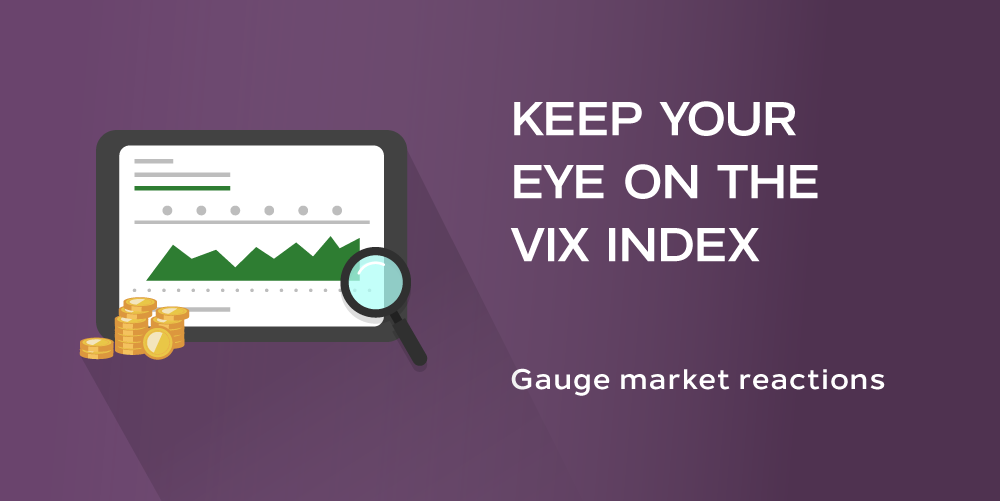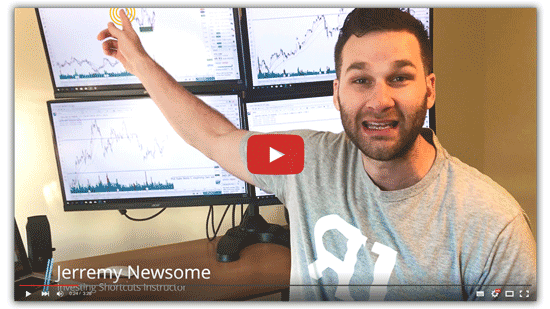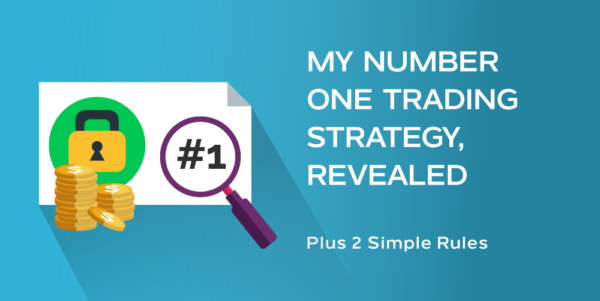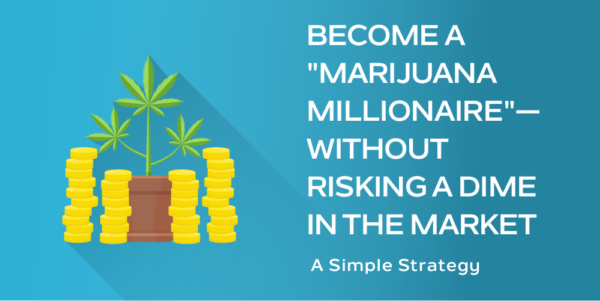
In today’s report I’m going to give you a good understanding of the VIX Index so that you can use it to gauge how markets react to increase and decrease in volatility.
The VIX index tracks the 30 day volatility of various SP 500 index options.
Therefore, the VIX makes a good barometer or representation of how options traders react to the level of fear surrounding the current trading action.
When volatility in the market rises, implied or expected volatility rises.
This causes options premium to rise and in turn causes the VIX to increase quickly in value.
Typically, when stocks are calm and there’s no major turmoil in the global economy – which happens to be the biggest driver of fear in the markets – the VIX is usually in the single digits.
On the other hand, when something unexpected happens such as political uncertainties or major change in laws abroad that could impact U.S. trade or potential threat of war, the sentiment changes and the level of fear rises very quickly.
When that occurs, you will see the VIX rise sharply and begin moving up to the double digits and sometimes even higher before reverting lower once again.
In this example you can see a line chart of the VIX index:
I prefer to use line charts for VIX since it doesn’t really trend very much over time and usually moves in short bursts between single digits and double digits.
We usually see anywhere from 2 to 5 VIX spikes in any given year and for the most part, the single biggest catalyst for volatility spikes are global events.
The last big spike occurred during the first North Korea threat against the U.S with Nuclear missiles.
Furthermore, you will notice that every time the VIX spikes, the stock market sees increase in volatility as well as decline in price, which is the reason the VIX is called the fear index.
If you trade options, keeping a constant watch over the VIX index is very important because when stock market volatility rises, options increase in premium and become more expensive.
Therefore, if you trade options, I highly recommend you avoid buying options when VIX is rising or spiking, because the options may be overpriced and cause you to pay more for the option than it’s worth.
Conversely, if you sell options or trade credit spreads, initiating these positions while VIX is rising ensures that the premium you collect is above fair value and will go down fairly quickly, when VIX begins declining again.
Most global events or uncertainties don’t last more than a few days or a week.
That means the spikes we see from the VIX are usually short term and give us a short window period to take advantage of the increased premium that exists in the derivative market.
In short, you should buy options when VIX is in the single digits and sell options or credit spreads when VIX is rising and moving into double digits.
Lastly, increase your stop loss level when volatility is rising, because higher volatility translates into bigger trading range for the overall market and that means the stocks you buy or sell will experience greater level of volatility or price fluctuation, till VIX levels decline once again.
Looking for a proven, repeatable way to make easy, higher-potential trades?
In this
limited-time free training, you will learn 3 super simple tricks used to generate consistent profits from day trading weekly options…

















